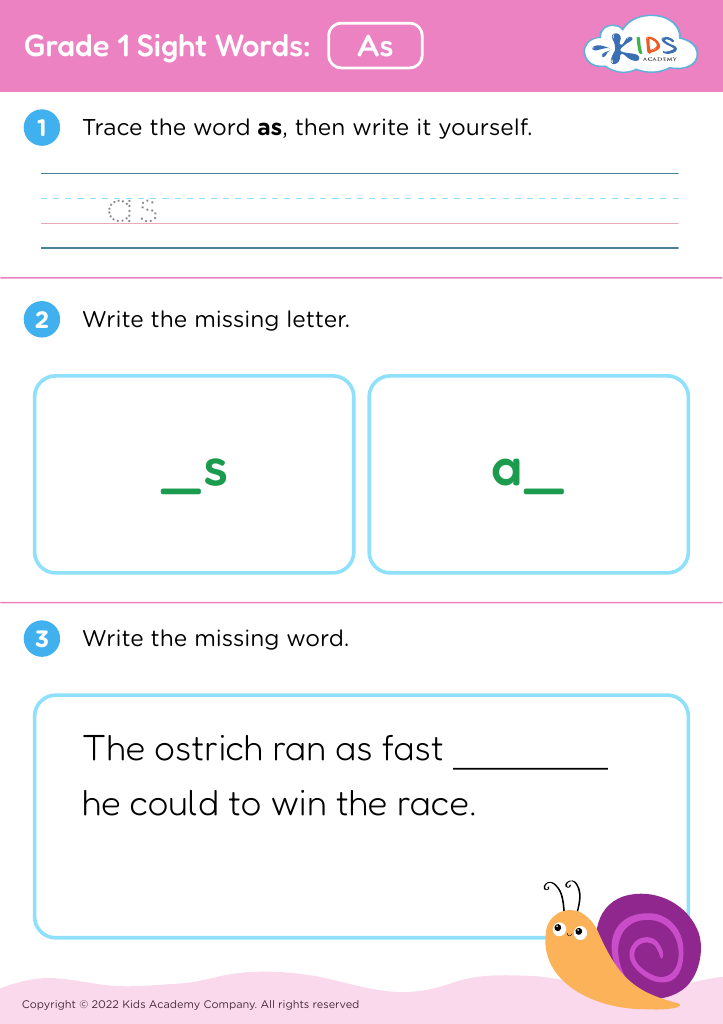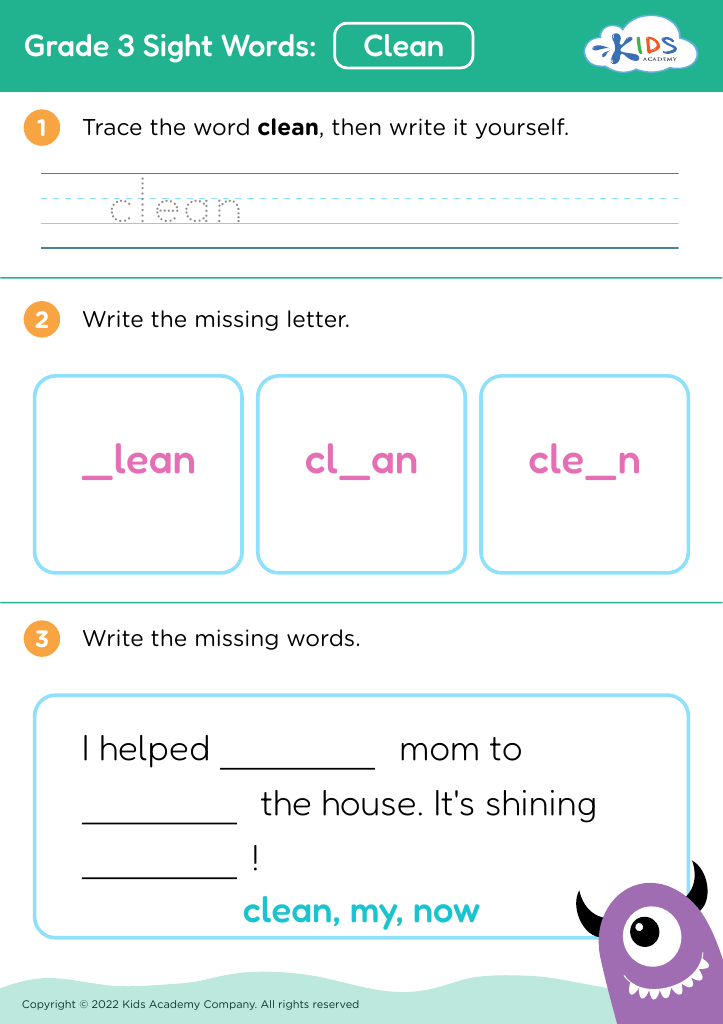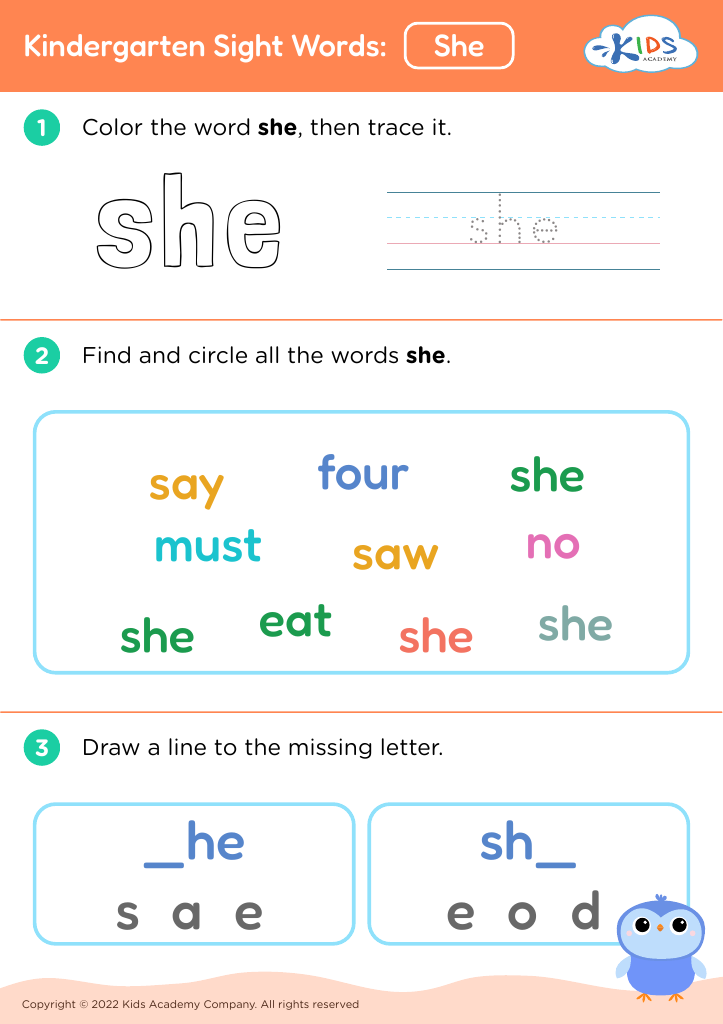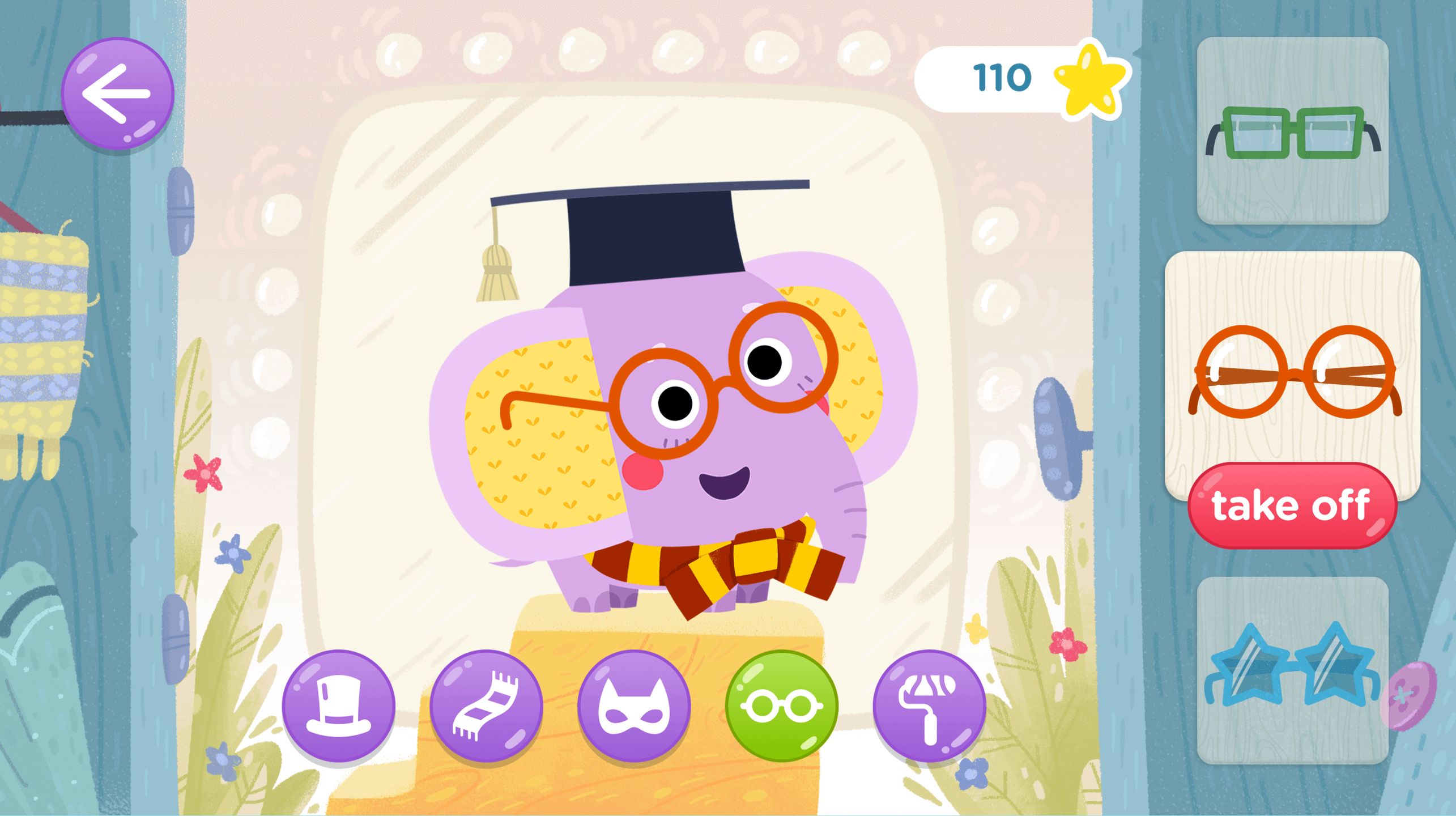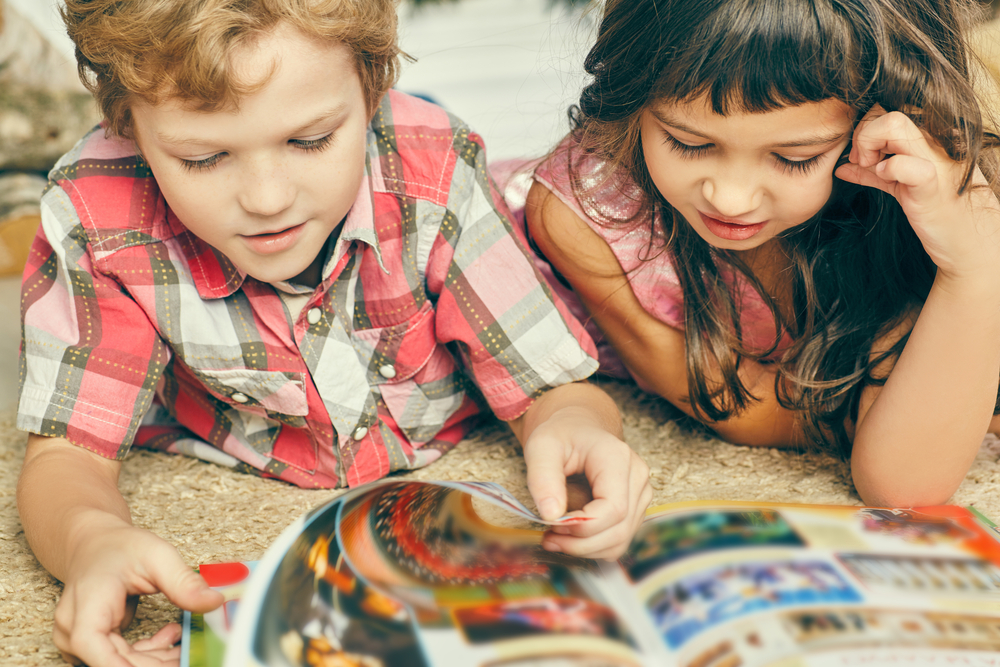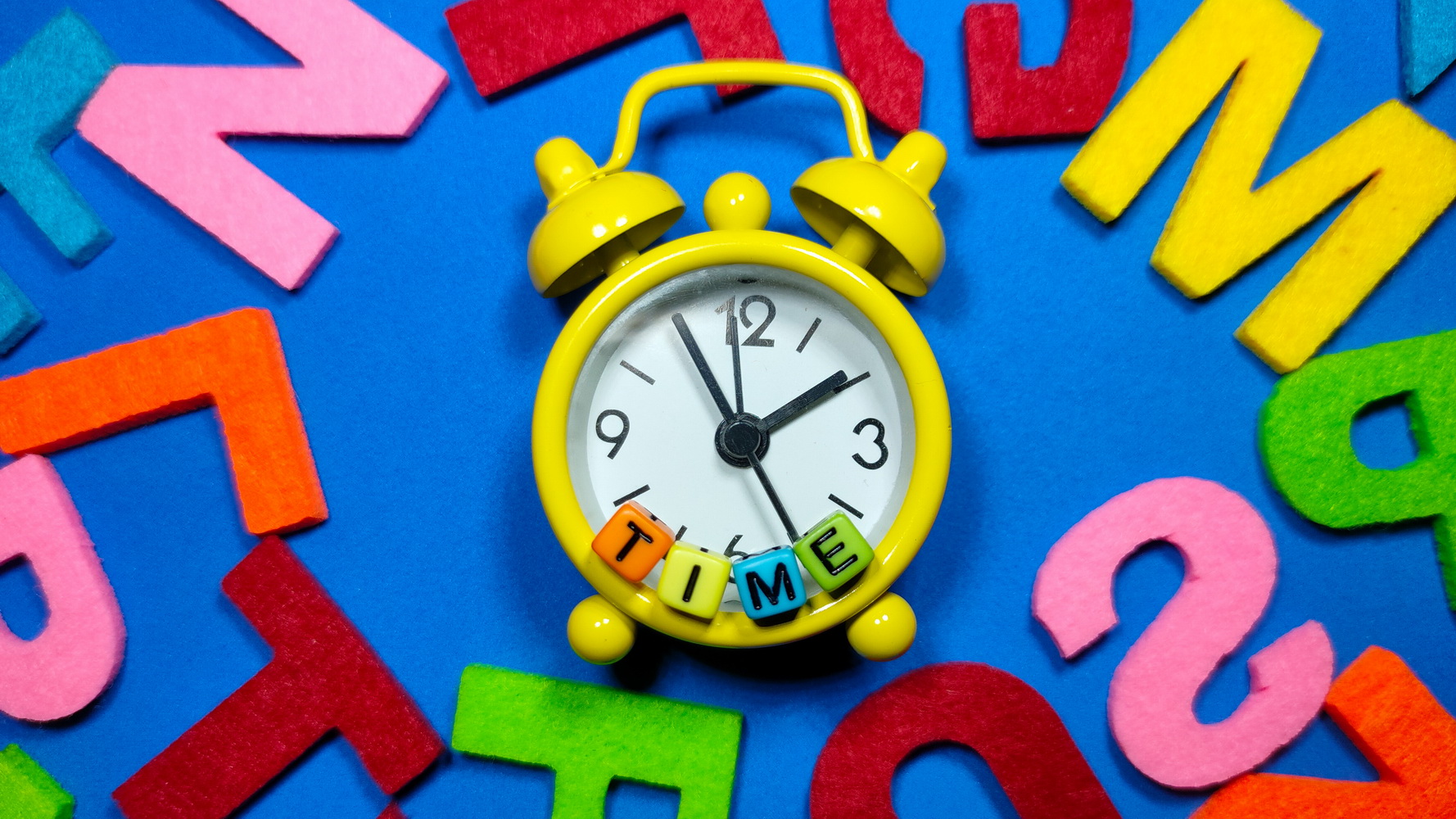Understanding symmetry Reading Worksheets for Ages 6-8
5 filtered results
-
From - To
Discover our engaging "Understanding Symmetry Reading Worksheets" designed for children ages 6-8. These tailored worksheets promote essential literacy skills while helping young learners grasp the concept of symmetry in fun and interactive ways. Featuring vibrant visuals, simple text, and clear exercises, students will explore how symmetry appears in nature, art, and everyday life. Each worksheet encourages critical thinking and boosts confidence as kids identify and create symmetrical shapes. Perfect for home or classroom use, these resources offer an excellent way to blend reading comprehension with foundational math concepts, ensuring a well-rounded educational experience for your child. Start exploring symmetry today!
Understanding symmetry is crucial for children aged 6-8 as it lays a foundation for both mathematical and cognitive development. At this age, children are naturally curious and eager to explore concepts that relate to their environment. Symmetry introduces fundamental mathematical ideas, helping children comprehend balance and proportion, which are essential for more advanced concepts in geometry.
Additionally, recognizing symmetry enhances spatial awareness, enabling children to visualize shapes and understand how they fit together—key skills in everyday problem-solving and critical thinking. Activities focused on symmetry foster creativity; through arts and crafts, children can experiment with patterns, enhancing their artistic skills while reinforcing mathematical concepts.
Moreover, symmetry has applications beyond math—it's prevalent in nature, architecture, and art, encouraging interdisciplinary learning. When parents and teachers emphasize symmetry, they deepen children's appreciation for the world around them. Discussions and activities involving symmetry can stimulate children's interest in STEM fields and inspire inquiries about patterns, leading to a lifelong fascination with learning.
In summary, focusing on understanding symmetry not only supports academic achievement but also promotes holistic development, creativity, and a love for exploration—making it a vital area of focus for parents and educators of children aged 6-8.


